From Ed Gein's furniture upholstered in human skin to Edmund Kemper's garden of severed heads, these photos reveal the true horrors of history's worst killers.





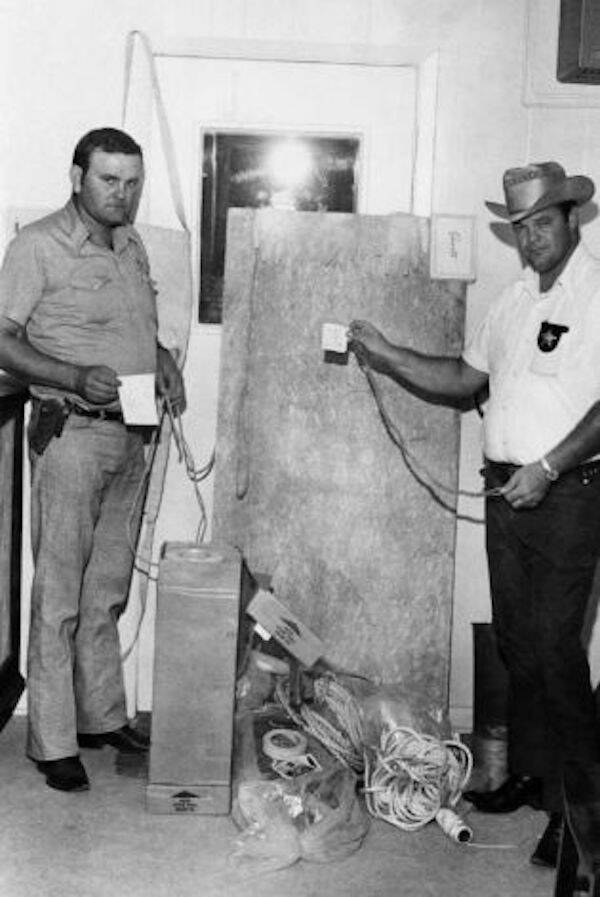
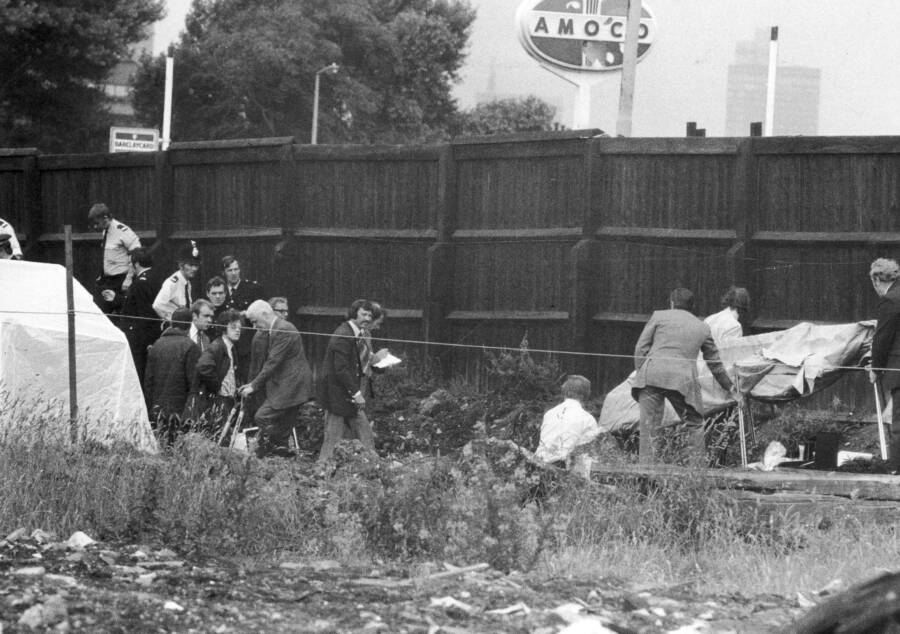
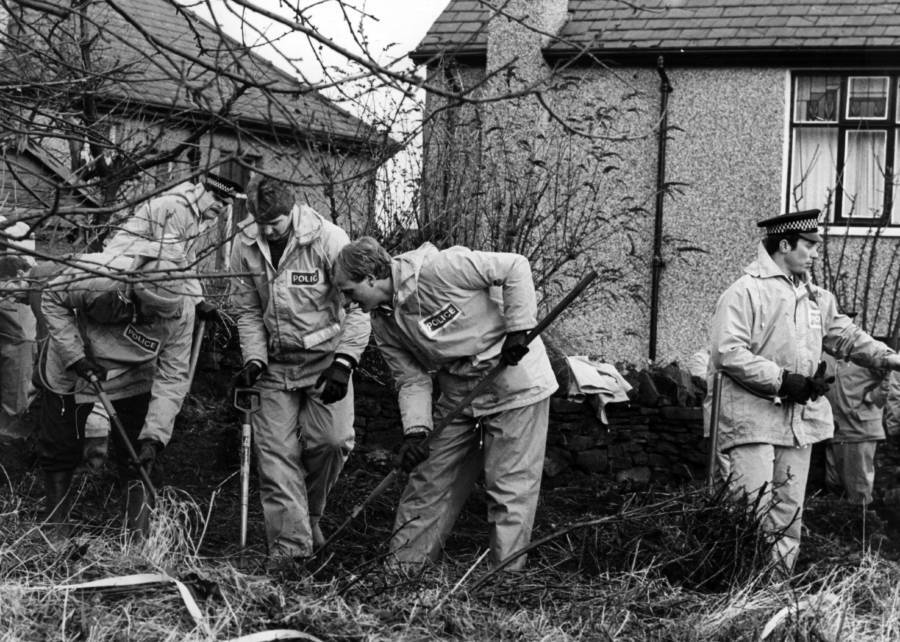
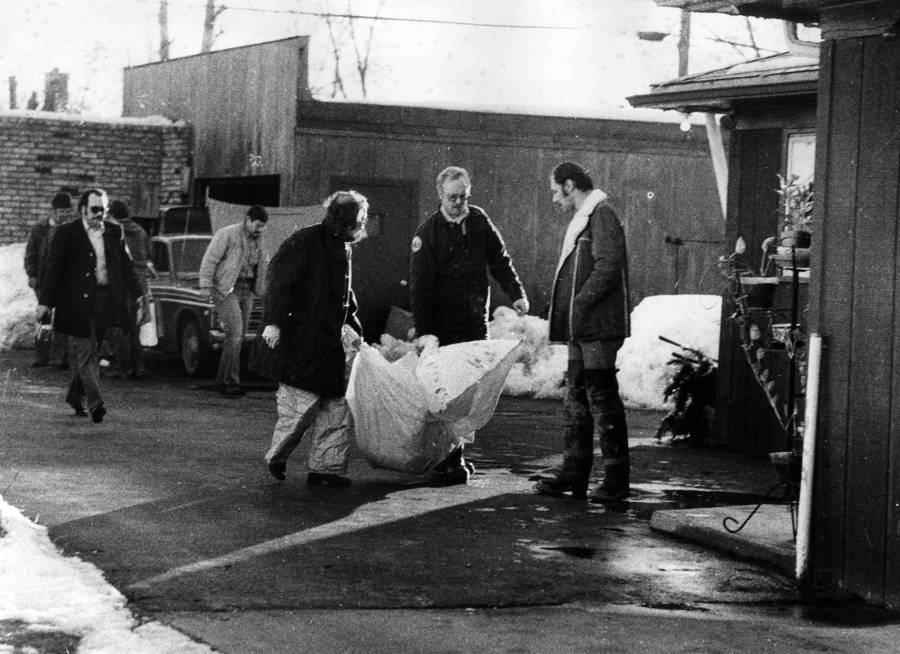
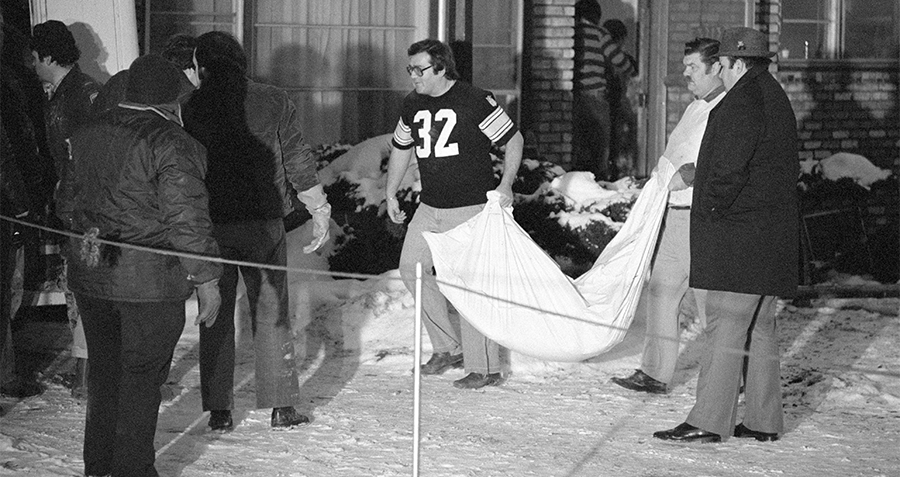
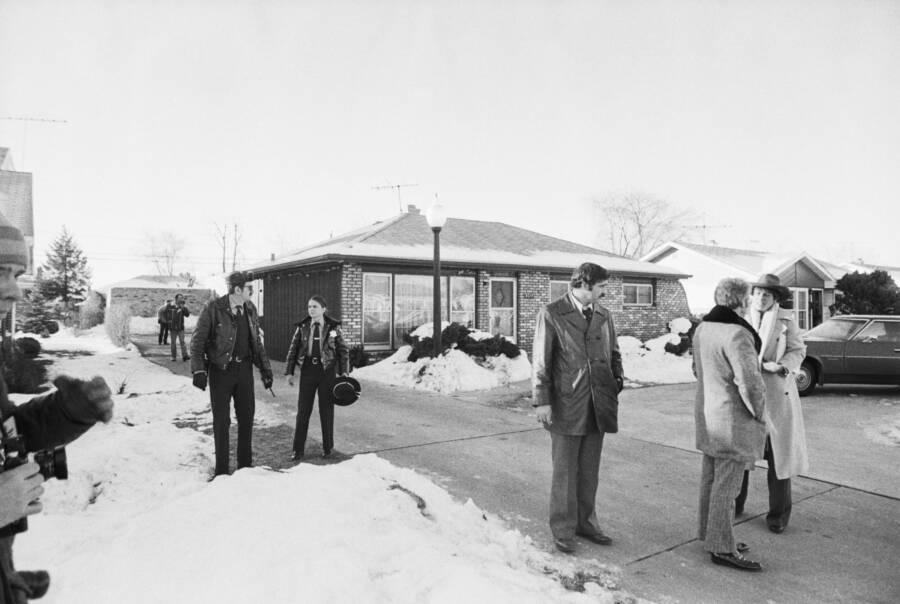
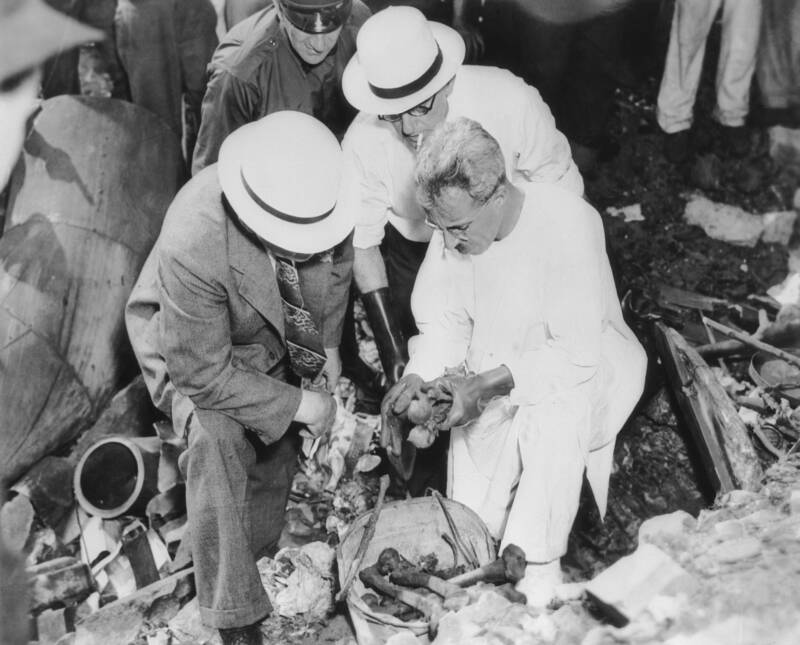
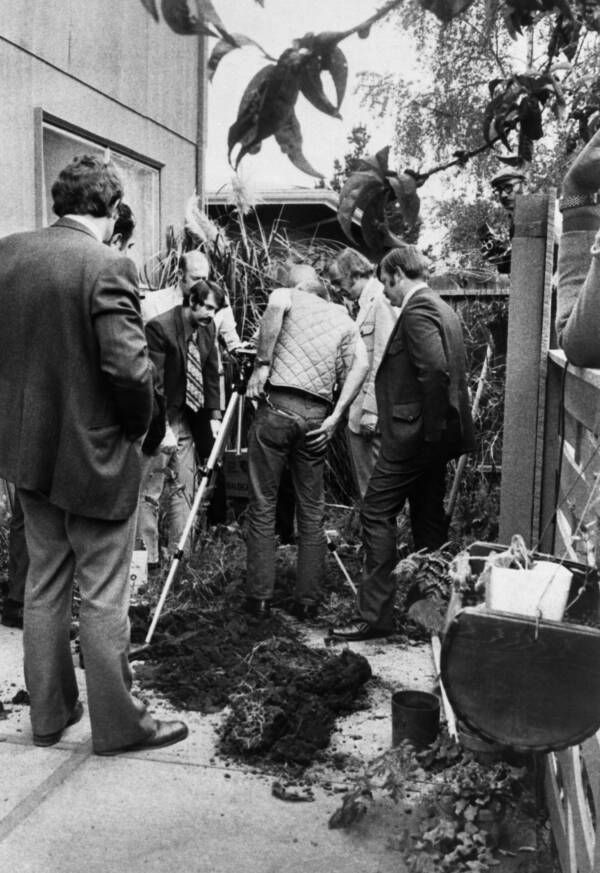
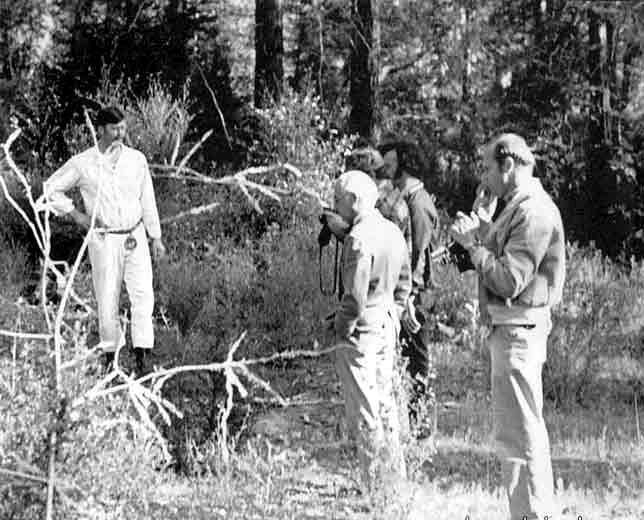
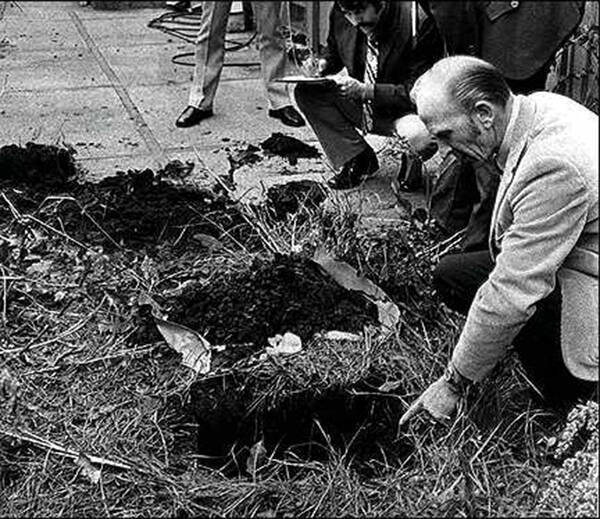
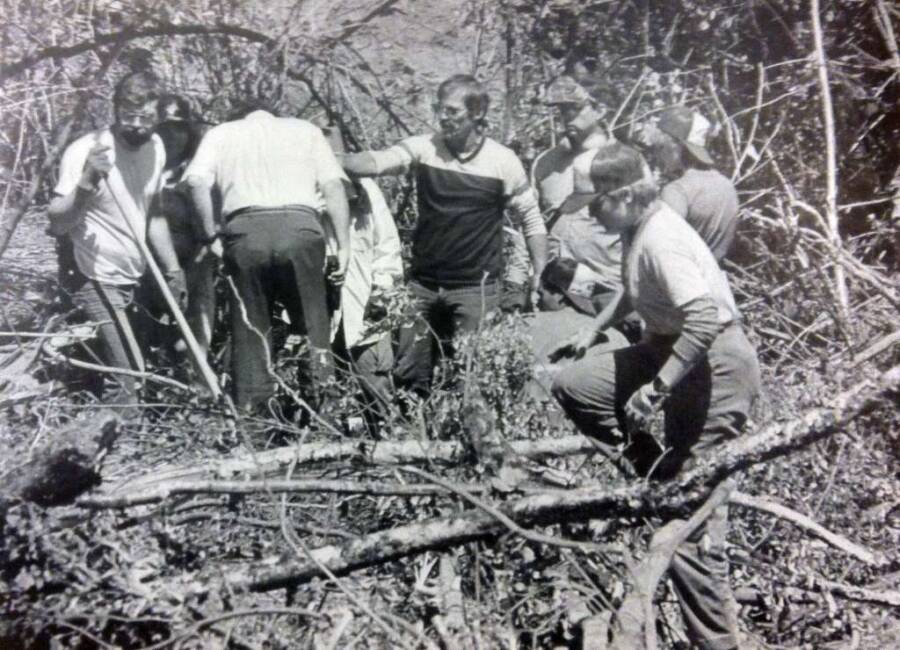
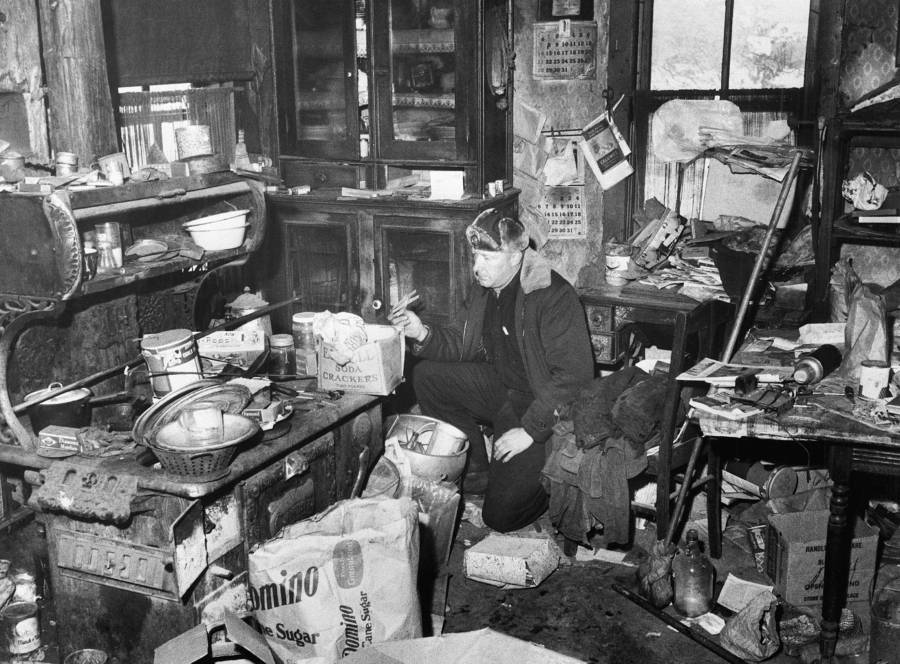
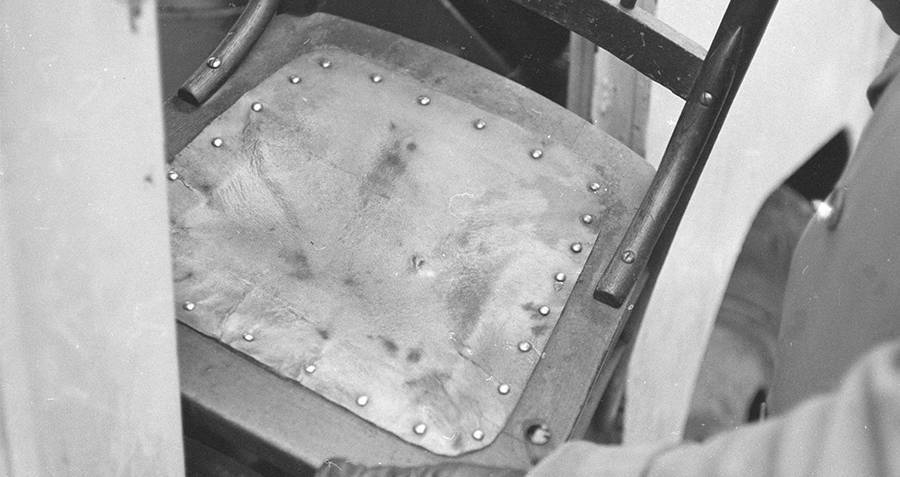
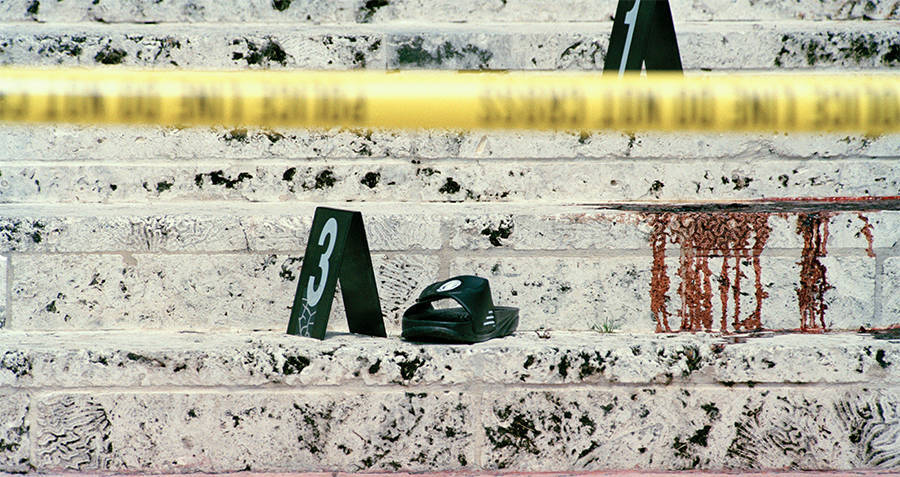
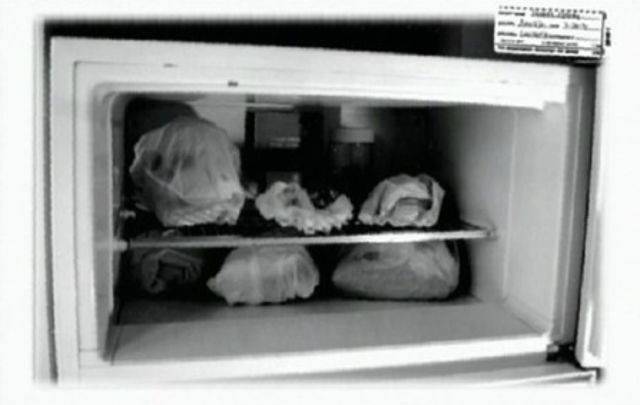
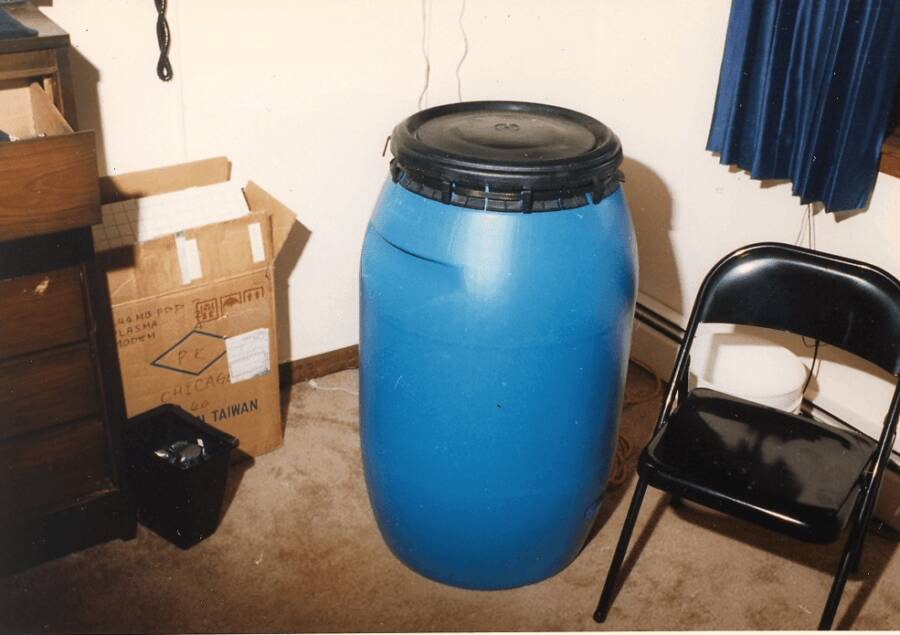
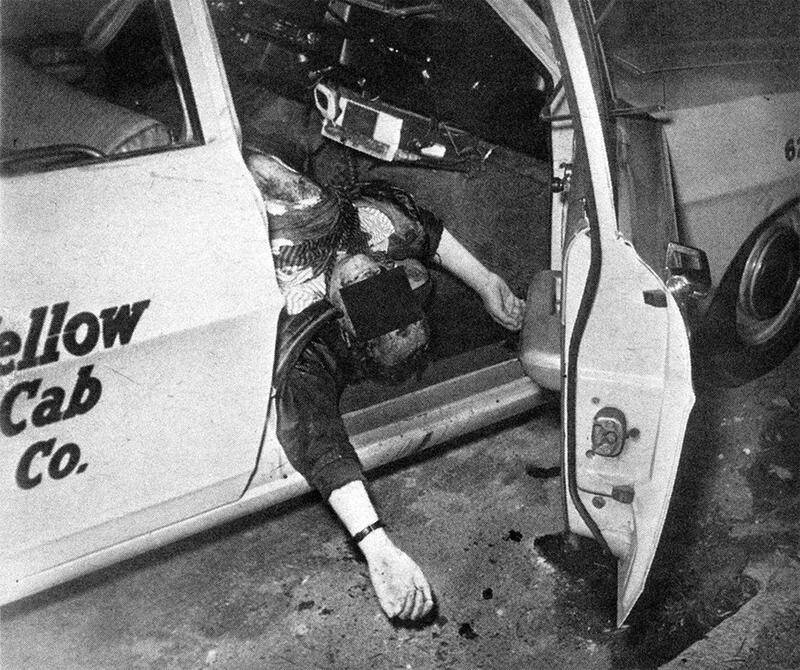
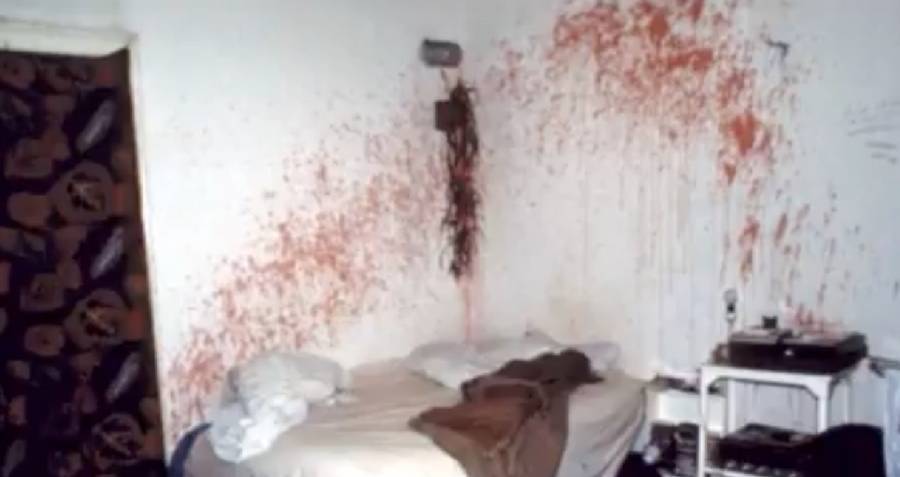
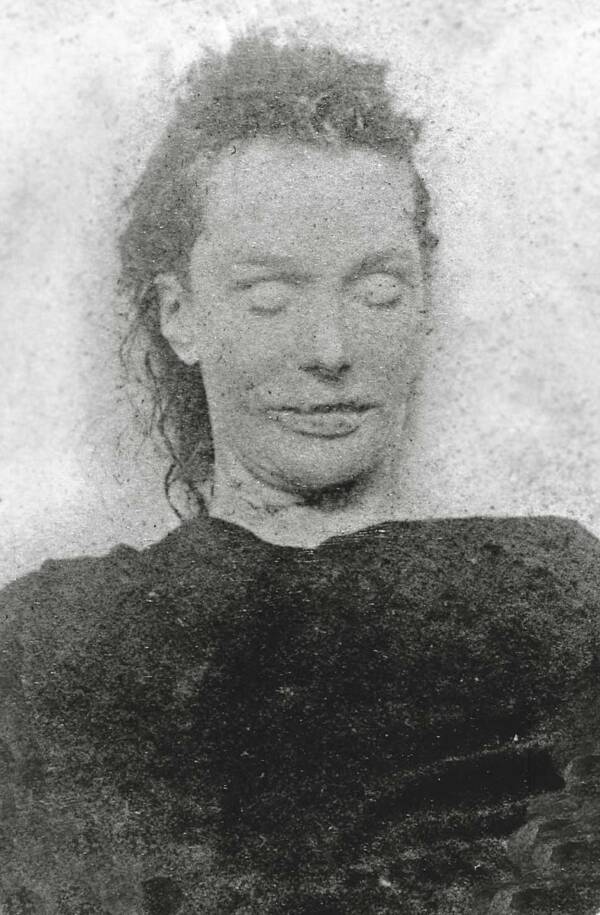
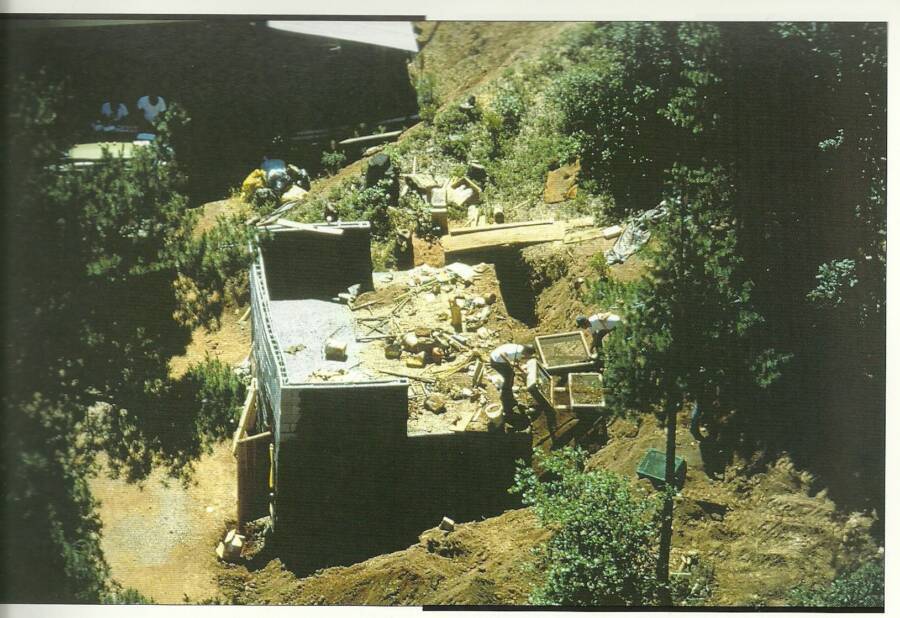
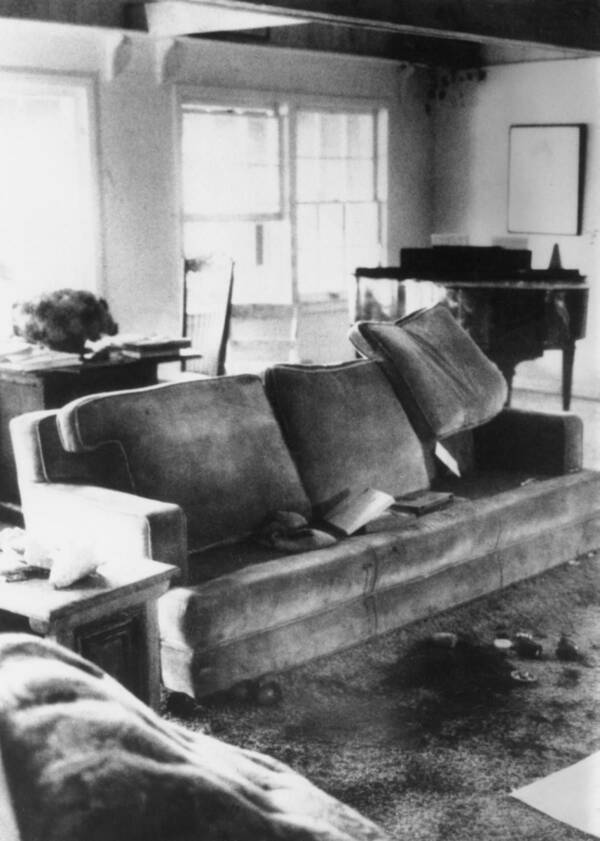
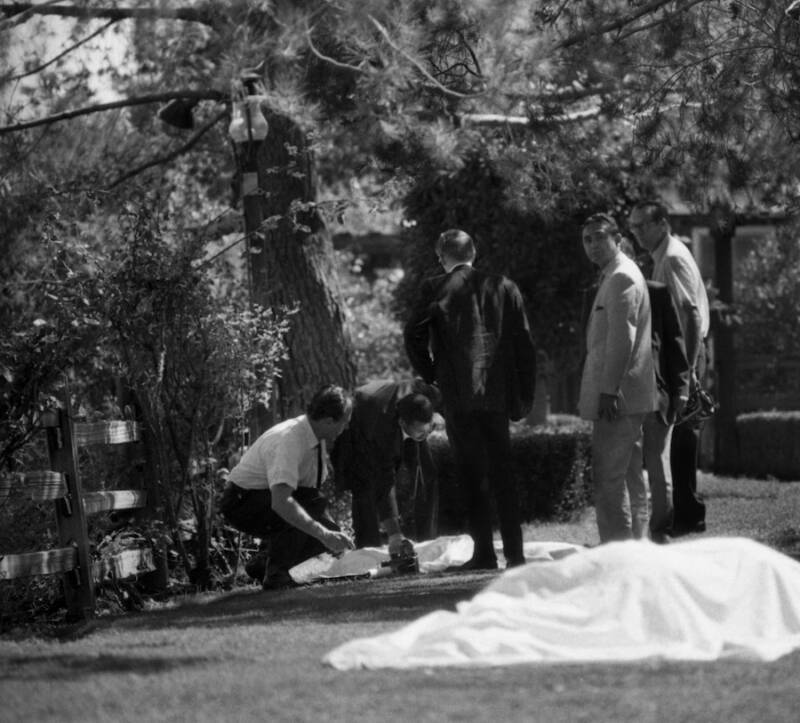
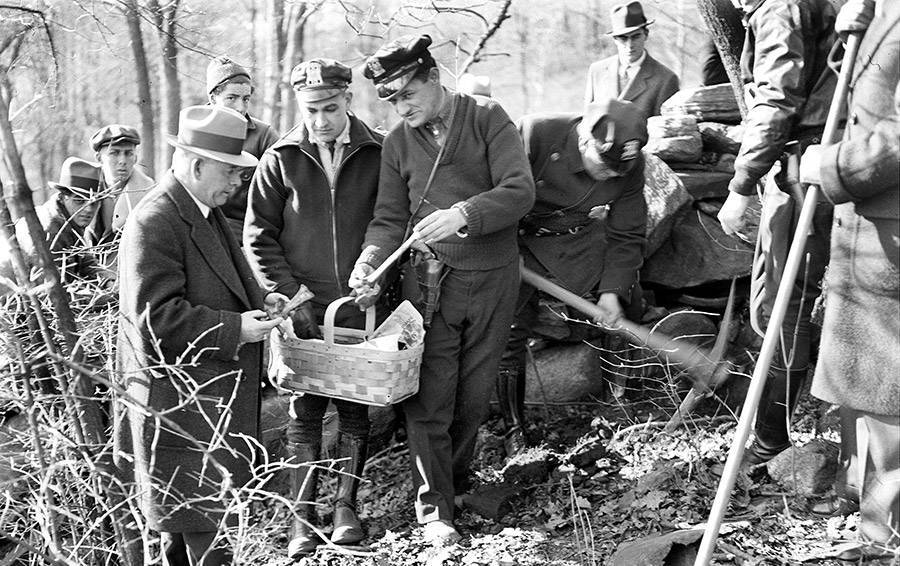
Like this gallery?
Share it:
And if you liked this post, be sure to check out these popular posts:
1 of 29
Richard Speck
Pictured is one of the eight nurses murdered by serial killer Richard Speck as she is taken away on a gurney, July 1966. Speck's mass murder spree lasted one night when he broke into a community hospital and killed every student nurse there he could get his hands on. When asked why he'd done it, he merely remarked: "It just wasn't their night."
2 of 29
Ted Bundy
These tools were discovered in the back of Ted Bundy's VW Beetle on Aug. 21, 1975. He was arrested after this discovery and charged with murder, but he managed to escape custody twice and kill several more women, including 12-year-old Kimberly Leach. He would eventually confess to killing upwards of 30 women and girls.
3 of 29
Ted Bundy
The skull of Ted Bundy's ninth victim, Denise Naslund, discovered by two hunters near Issaquah, Washington.Twitter
4 of 29
Ted Bundy
Police assess the scene of one of Ted Bundy's many crimes. Getty Images
5 of 29
Dean Corll
Workers at a boat stall dig for the victims of serial killer "Candy Man" Dean Corll on Aug. 9, 1973. The skull lying in the wheelbarrow, pictured here, was identified as Dean Corll's 10th victim, Randell Lee Harvey, who vanished from the streets of Houston on March 11, 1971. Over two and a half years, Corll and his 17-year-old accomplice kidnapped, raped, tortured, and killed upwards of 28 young men and boys.
6 of 29
Dean Corll
San Augustine County Sheriff deputies, Robert McCroskey and Charles Martin, display torture devices found at the cabin of Dean Corll's parents on Aug. 15, 1973.Public Domain
7 of 29
Trevor Hardy
The body of 17-year-old Wanda Skala, a victim of Trevor Hardy, a.k.a. the "Beast of Manchester," is recovered from a construction site in 1975. Skala was killed while walking home from a hotel where she worked as a barmaid. Hardy hit her over the head with a brick before robbing and raping her. She was one of three of his victims.
8 of 29
Peter Sutcliffe
Police search the ground behind the home of Peter Sutcliffe, a.k.a. "the Yorkshire Ripper," in Bradford, U.K. following his arrest, Jan. 9, 1981. For the better part of a decade, Sutcliffe terrorized the women of Yorkshire, killing at least 13 with a hammer, a knife, or a stone stuffed into a sock.
9 of 29
John Wayne Gacy
Investigators carry the remains of a body found beneath the garage floor of John Wayne Gacy, the "Killer Clown," Dec. 22, 1978. For six years, Gacy kidnapped, raped, and murdered upwards of 30 boys under the guise of a performing clown named "Pogo." When he was finally caught, 29 bodies were found under his house.
10 of 29
John Wayne Gacy
The body of another one of Gacy's victims is removed from a crime scene.Getty Images
11 of 29
John Wayne Gacy
Police continue the search around Gacy's house, where the badly decomposed bodies were discovered in the crawl space.Bettmann/Getty Images
12 of 29
Cleveland Torso Murderer
Detectives and Coroner S. Gerber examine the bones of two victims of the "Cleveland Torso Murderer," otherwise known as the "Mad Butcher of Kingsbury," Aug. 16, 1938, in Cleveland, Ohio. For four years starting in 1934, the Cleveland Torso Murderer killed, dismembered, and castrated 12 different victims. The killer was never identified.
13 of 29
Edmund Kemper
The head of one of serial killer Edmund Kemper's victims is dug up by Santa Cruz County Sheriff's deputies on April 26, 1973. These remains were discovered in a grassy patch beneath Edmund Kemper's bedroom. The 6'9" killer with an IQ of 145 had already murdered multiple people by this point — including his mother and her best friend — before turning himself in.
14 of 29
Edmund Kemper
Serial killer Edmund Kemper shows police officers around one of his crime scenes. Getty Images
15 of 29
Edmund Kemper
Using Kemper's direction, detectives unearth the remains of his victims.Getty Images
16 of 29
Gary Ridgway
Washington County Deputy Sheriffs and explorer scouts comb a wooded area for victims of Gary Ridgway, also known as the "Green River Killer," on June 20, 1985. Between 1982 and 1986, Ridgway murdered likely 71 women, but was convicted of 49. He claims his kill count is closer to 90. He was finally caught when none other than Ted Bundy provided vital serial killer expertise to authorities.
17 of 29
Ed Gein
A shot from the inside of serial killer Ed Gein's house where he once lived with his mother. Gein's particularly bizarre background and crimes have been the basis for some of the most classic horror movies. Inside this home, inspectors found window curtains held back by a pair of lips, utensils made of human skulls, a wastebasket fashioned out of human skin, and a literal "skin suit" he was in the process of making.
18 of 29
Ed Gein
A chair taken from the home of Ed Gein. The base is upholstered in human skin.
19 of 29
Andrew Cunanan
The steps of Gianni Versace's Miami home in the wake of his assassination by serial killer Andrew Cunanan. Before shooting the fashion mogul at point-blank range, Cunanan went on a brief but bloody cross-country killing spree that included a friend, an ex-lover, and two innocents. He shot himself shortly before being caught.
20 of 29
Jeffrey Dahmer
A police photo from the home of Jeffrey Dhamer, showing a freezer full of human heads. For over a decade, Dahmer lured young men to his home where he drugged, raped, and dismembered them. Many of them he then dissolved in a vat of acid he kept in his apartment. He also severed parts of his victims to eat or freeze.
21 of 29
Jeffrey Dahmer
A 57-gallon drum of acid found in Dahmer's room which the killer used to disintegrate his victims.
22 of 29
The Zodiac Killer
A photo from the scene of one of the Zodiac Killer's grisly murders. Throughout the 1960s and '70s, a still-unidentified murderer terrorized Northern California. The Zodiac Killer, taunted police with coded letters and threats while confessing to the murders of various people, including this 1969 murder of taxi driver Paul Stine.
23 of 29
Richard Ramirez
A bloodstained wall is all that's left behind in a scene from one of Richard Ramirez's crimes. Dubbed the "Night Stalker," Ramirez terrorized Los Angeles in the 1980s, claiming the lives of 13 people.
24 of 29
Jack the Ripper
The body of Elizabeth Stride lies in a British mortuary, the only victim that Jack the Ripper didn't mutilate. In 1888, a mysterious murderer stalked the streets of Whitechapel and murdered five women, nearly all of who he then eviscerated. He was never caught.
25 of 29
Leonard Lake
An aerial view of serial killer Leonard Lake's compound, where he lured women and their families to be murdered on camera. Between 1983 and 1985, Lake and his accomplice Charles Ng kidnapped, tortured, raped, and murdered between eight and 25 people, including an infant. Authorities were never sure just how many victims the two men had between them because the only remains they found were ashes in the woods by their property.
26 of 29
The Manson Family
Pictured is the living room of 10050 Cielo Drive the morning after three Manson Family members broke in and murdered Hollywood starlet Sharon Tate, three of her friends, and the teenaged friend of the groundskeeper. Tate was eight and a half months pregnant at the time. The Manson Family murders spanned the summer of 1969 and also claimed the lives of business owners Leno and Rosemary LaBianca in gruesome fashion.
27 of 29
The Manson Family
Body bags line the sidewalk outside of 10050 Cielo Drive. Getty Images
28 of 29
Albert Fish
Police unearth the remains of one of Albert Fish's victims. Also known as the "Brooklyn Vampire," Fish raped, murdered, and cannibalized over 100 children. He even sent a letter to the mother of one of his victims, 10-year-old Grace Budd, bragging about how good she tasted.
29 of 29
Like this gallery?
Share it:




28 Crime Scene Photos From History’s Most Notorious Serial Killers
View Gallery
Though we might feel a bit guilty about our fascination with the macabre, there's just something irresistible about a good true crime story.
And for those with an insatiable appetite, we've compiled a gallery of some of the grisliest photos from serial killers' crime scenes. These pictures don't hold anything back – even in black and white — limbs and bloodstains appear as if in color.
But these photos aren't also without a purpose. Police used these snapshots to provide evidence at trials, to look for clues, and to document patterns in particular crimes, making them invaluable resources for investigators.
The First Famous Crime Scene Photo

Metropolitan Museum of ArtMadame Debeinche lies dead in her bedroom, 1903. This is one of the first real crime scene photos ever taken.
Forensic photography, or the practice of taking photos at the scene of a crime, has been around for over a century.
One of the first famous crime scene photos was taken on May 5, 1903, in the home of a Parisian woman named Madame Debeinche who had been murdered. As investigators descended upon the apartment, one of them picked up a camera and photographed the scene.
The photographer focused on a few key details, like a tilted painting on the wall, disheveled bed linens, and overturned chairs. Even more importantly, he captured the body of Madame Debeinche sprawled on the floor by the side of her bed, her limbs bent at unnatural angles, the tips of her extremities darkening, showing hours had passed since she'd been killed.
At the time, the camera was still a relatively novel invention used mostly for posed portraits. It was certainly not used to capture something as horrifying as dead bodies — particularly bludgeoned ones.
And yet, it was rapidly discovered that these photos, as unsettling as they were, were incredibly useful when it came to investigating a crime. Investigators did their best to take notes and detail the scene, but certain aspects went unnoticed or were eventually forgotten. Photography fixed these shortcomings.
After the scene was cleaned up, any visual evidence was cleaned up with it. But with photos, the scene could be revisited time and time again, allowing new sets of eyes to pick out new details.
Investigative Photography Becomes A Regular Part Of Police Work

adoc-photos/Corbis via Getty ImagesAlphonse Bertillon's "God's-Eye-View" tripod system.
The importance of crime scene photography was first recognized by Alphonse Bertillon who is now widely remembered as the first forensic photographer.
Bertillon was the first to suggest photographing not only the body but also the entire scene around the body, including shell casings, bloodstains, overturned furniture, broken doorways, and anything that could have been a piece of the larger investigative puzzle.
Bertillon even created a custom tripod that allowed him to center his camera directly above a corpse. Known as the "Gods-eye-view," the tripod quickly gained popularity amongst investigators as it provided a clear, top-down view of the corpse, in addition to other wide-angle shots of the scenes.
Forensic photographers soon became staples in police departments around the world, and entire networks for crime scene photos were established.
It was largely due to the importance of crime scene photography that the system of photographing the criminals themselves through mug shots was invented, also by Alphonse Bertillon.
From A Tool To A Morbid Collectible

Bettmann/Getty ImagesThis is a famous crime scene photo of the murdered mafia kingpin Joe Masseria as he lies dead on the floor of a Coney Island restaurant.
While the art of forensic photography started out purely as an investigative tool, it has also turned into a sort of macabre collectible.
Well-versed crime buffs can recognize which crime scene photo belongs to which serial killer; just like a black and white photo of an ace of spades held up by a bloodstained hand has become synonymous with the mafia.
Then there are the shots from the bloodstained living room of 10050 Cielo Drive, where the Manson family brutally murdered starlet Sharon Tate and her friends. These serial killer crime scene photos are almost as recognizable as the Manson family themselves.
True crime aficionados can also recognize the decrepit living room of serial killer Ed Gein, who used the bodies of his victims to decorate his home, inspiring the character "Buffalo Bill" from The Silence of the Lambs.
Listen above to the History Uncovered podcast, episode 40: Ed Gein, The Butcher Of Plainfield, also available on Apple and Spotify.
These famous crime scene photos are not only for police but also for prosecutors. Where words fail in court, these photos speak. Where memory fades, the photos are a moment of clarity. Despite their gruesome content, these photos are an important piece of investigative history, capturing the grisliest moments in time, and using them for good.
Just remember that while scrolling through these real crime scene photos from some of history's worst serial killers, that these gruesome snapshots are pieces of evidence with as long and as interesting a history as the crimes they captured.
After this look at serial killers' crime scene photos, check out these serial killer quotes that will chill you to the bone. Then, read about how Ted Bundy helped catch serial killer Gary Ridgway.